Imagine a home that anticipates your needs, secures your family with unparalleled vigilance, and even contributes to a greener planet. This isn’t a distant sci-fi fantasy; it’s the reality of smart home automation in 2025. With the global smart home automation market projected to reach a staggering $132.65 billion in 2025, the evolution of connected living is accelerating at an unprecedented pace. [12, 13]
As an expert SEO content strategist and writer, I’m here to guide you through the most impactful Top Smart Home Automation Trends in 2025. This article will unveil the technological advancements shaping our homes, from the intelligence of AI to the seamless unity of new communication protocols, helping you understand how these innovations will redefine comfort, security, and sustainability in your daily life.
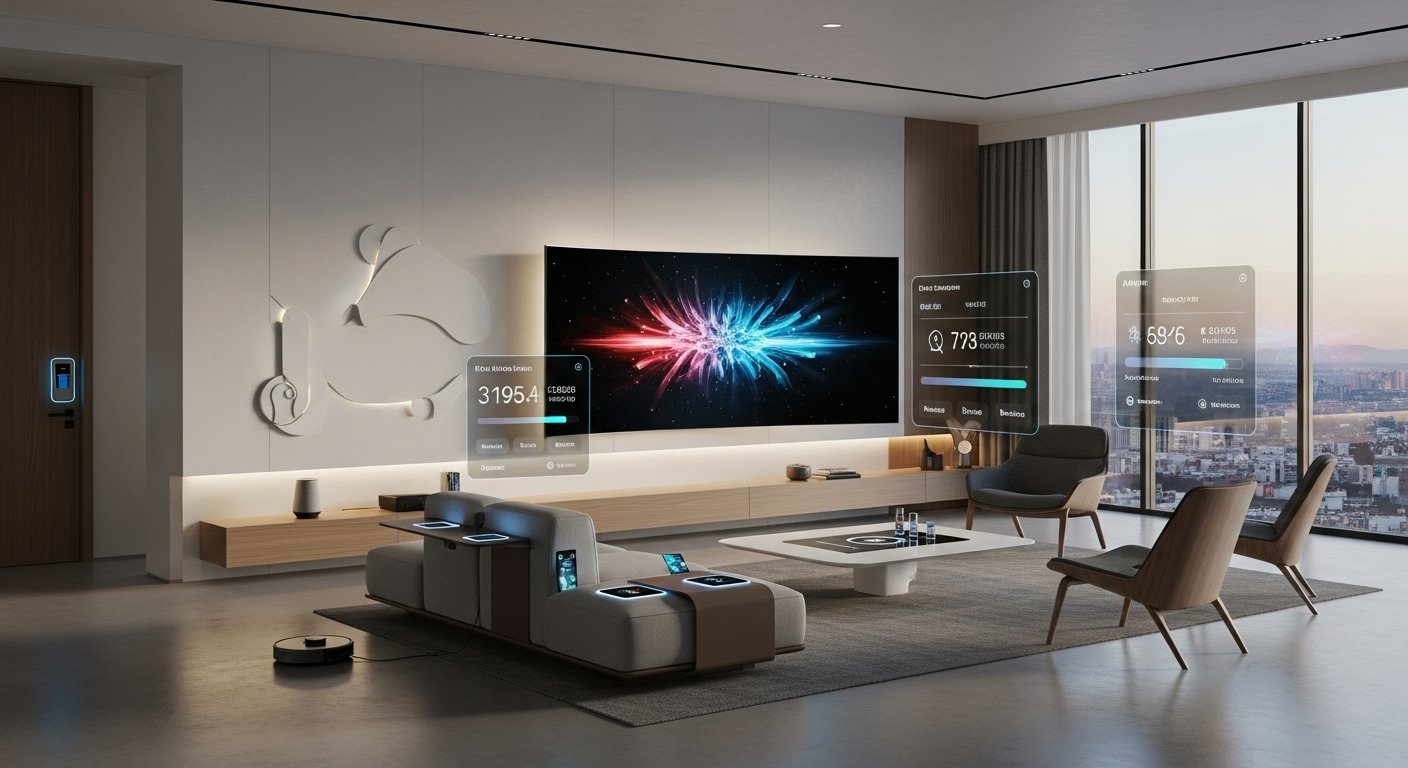
The Future is Now: What Makes a Home Truly “Smart” in 2025?
What exactly does it mean for a home to be “smart” in 2025? It extends far beyond simply controlling lights with a smartphone or issuing basic voice commands. A truly smart home in 2025 is an intuitive, proactive, and interconnected ecosystem. It leverages advanced technologies like Artificial Intelligence (AI) and Machine Learning to learn from your habits and preferences, anticipating your needs before you even voice them. It’s about a seamless, almost invisible integration of technology that enhances every aspect of daily living, from energy management to personalized comfort and robust security.
AI-Powered Automation: The Brains Behind Your Smart Home
Artificial Intelligence is no longer just a buzzword; it’s the central nervous system of modern smart homes. In 2025, AI in smart homes is about creating an environment that doesn’t just respond to commands but truly understands and predicts your desires. This leap in intelligence is transforming how we interact with our living spaces, making them more adaptive and responsive. [1, 2]
How Will AI Impact Smart Home Automation Technology in 2025?
The impact of AI on smart home automation technology in 2025 is profound, ushering in an era of hyper-personalization and predictive automation. AI and Machine Learning algorithms analyze vast amounts of data—from your daily routines and energy consumption patterns to external factors like weather—to optimize your home environment. This means your thermostat might adjust before you wake up, knowing your preferred temperature and the outdoor forecast, or your lighting might subtly shift based on the time of day and your activity. [4, 9]
Generative AI is also beginning to play a role, not just in understanding, but in creating new experiences. Imagine your smart home system designing a personalized ambiance for a dinner party, selecting music, adjusting lighting, and even suggesting recipes, all based on your preferences and previous events. This level of personalized smart home automation makes living not just convenient, but genuinely enriched. It’s a key aspect of home automation predictions for 2025. Furthermore, voice control smart home 2025 interactions are becoming incredibly sophisticated; it’s projected that 68% of smart home interactions in 2025 will be initiated via voice assistants, making natural language processing (NLP) and context awareness paramount. [4]
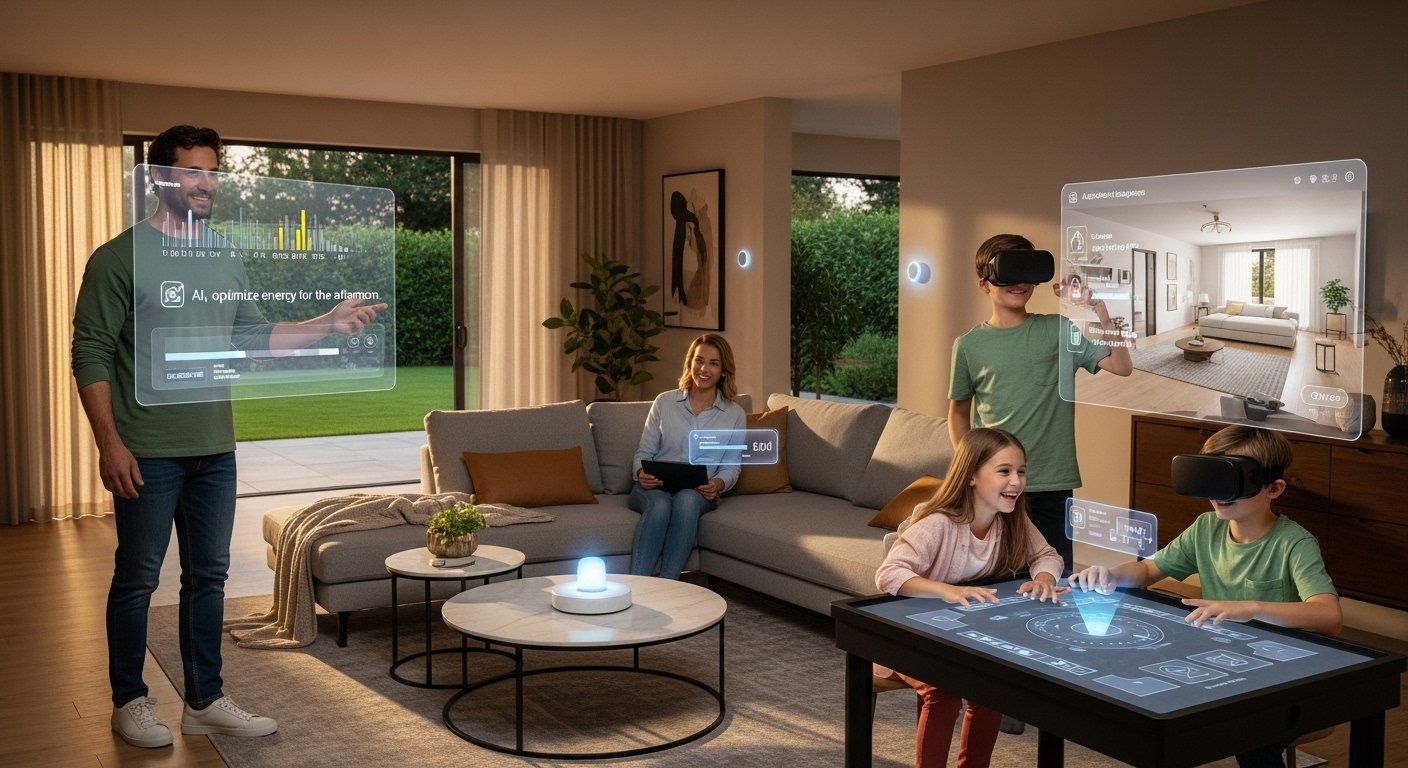
Key capabilities driven by AI include:
For a deeper dive into how AI is making our homes smarter, you can explore academic insights on its integration into smart home technology. [1]
Seamless Interoperability: The Matter Protocol and Beyond
One of the most persistent frustrations for early smart home adopters has been the ‘walled garden’ problem – devices from different brands often refusing to communicate. This fragmentation has hindered the broader adoption and potential of IoT smart home trends. Enter the Matter protocol.
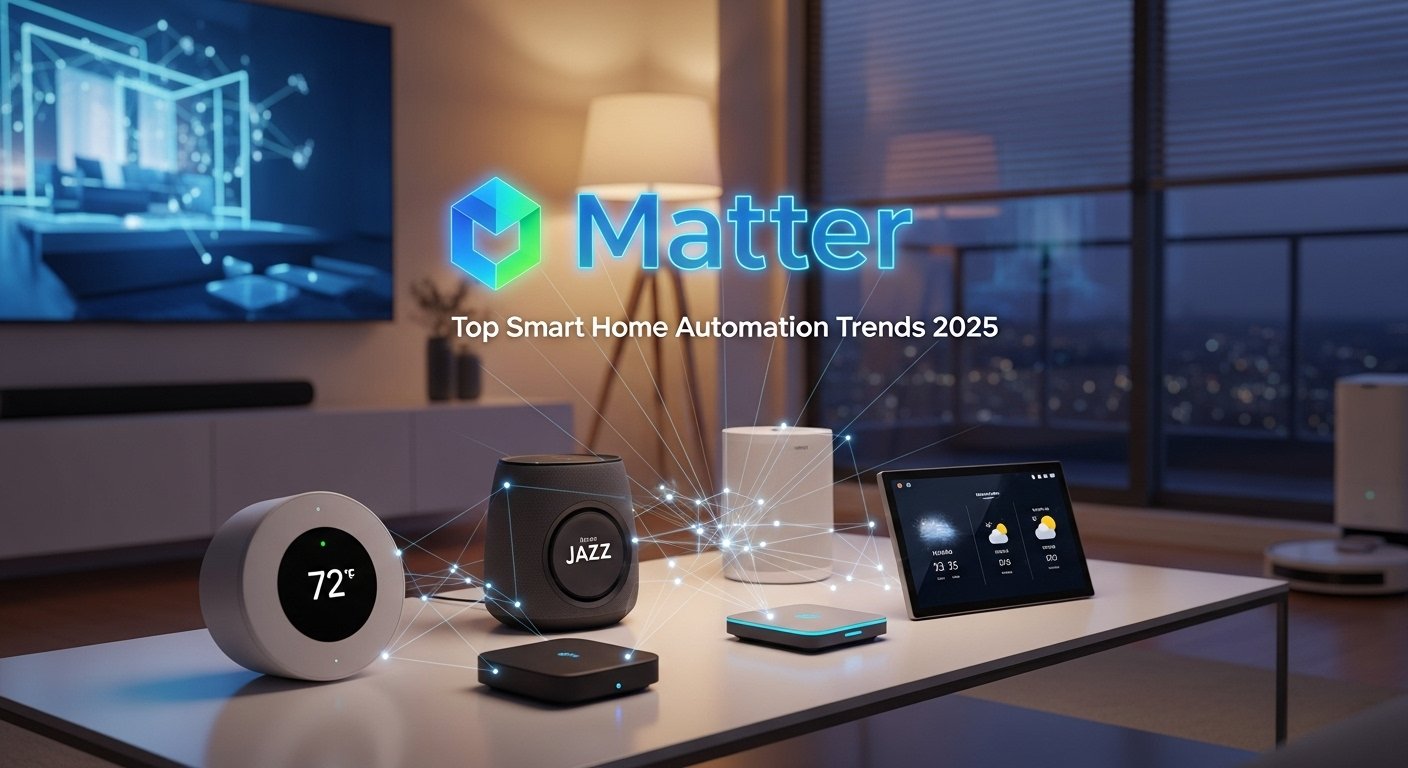
Why Matter Protocol is a Game-Changer for Smart Home Interoperability
The Matter (smart home standard) is a unified, open-source application-layer connectivity standard designed to simplify development for manufacturers and drastically increase compatibility for consumers. Developed by the Connectivity Standards Alliance (CSA), with founding members like Amazon, Apple, Google, and Samsung SmartThings, Matter aims to create a truly interconnected smart home ecosystem. [16]
This single, universal language means that your new smart light bulb will work effortlessly with your existing smart speaker, regardless of brand. This dramatically reduces setup complexity, enhances user experience, and future-proofs your smart home investments. Matter leverages proven technologies, including Wi-Fi, Ethernet, and the Thread (networking protocol), ensuring reliable local control and responsiveness, even without an internet connection for core functions. [16]
How does interoperability affect smart home trends? It’s foundational. By breaking down barriers between devices, Matter fosters innovation, encourages broader adoption, and allows consumers to build truly customized smart home systems without worrying about compatibility issues. This seamless integration of smart home devices 2025 is a critical trend for simplifying connected living. If you’re comparing different smart home hubs, understanding their compatibility with emerging standards like Matter is crucial for futureproofing your setup. You can learn more about hub comparisons here.
Advanced Smart Home Security: Fortifying Your Digital Fortress
Security remains a paramount concern for homeowners, and smart home technology is rising to the occasion with increasingly sophisticated solutions. The smart home security market revenue is valued at $40.38 billion in 2025, underscoring the demand for robust protection. [6]
Top Trends in Smart Home Security for 2025
Smart home security trends 2025 are moving beyond simple motion detection to include proactive, AI-powered systems. These advanced systems offer peace of mind through features like:
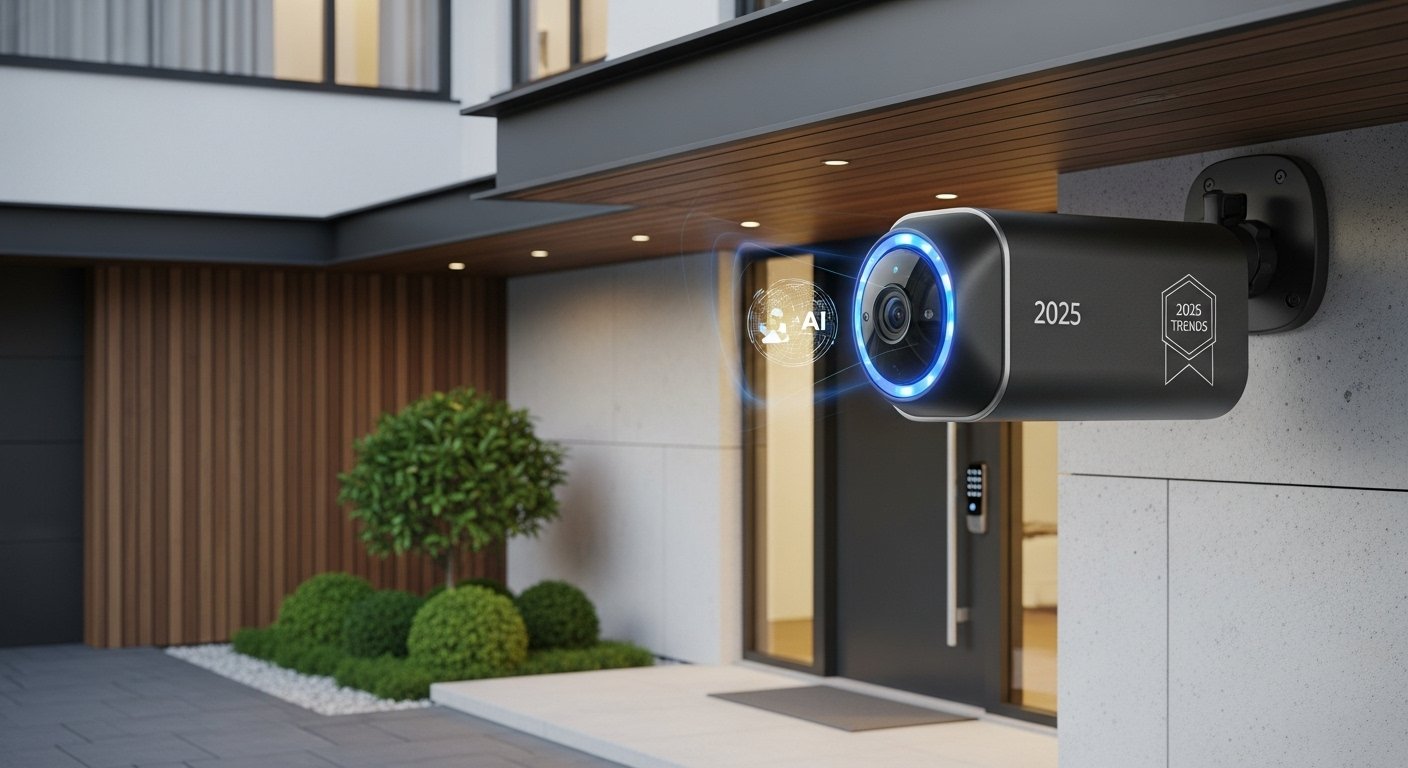
These advancements ensure that your home is not just protected, but intelligently monitored, offering unparalleled peace of mind.
Energy Efficiency and Sustainable Living: Smart Homes for a Greener Tomorrow
The growing awareness of environmental impact and rising energy costs are driving a significant shift towards sustainable living through smart technology. Energy efficient smart homes 2025 are no longer a luxury but a conscious choice for many. This aligns with the fact that 56% of global consumers cite energy savings as the top reason for adopting smart home technology. [5]
Do Smart Homes Help Save Energy? The Answer for 2025
Absolutely. In 2025, smart homes are pivotal in helping save energy and promote a greener lifestyle. This is achieved through sophisticated Energy Management Systems that optimize consumption across all devices. Smart thermostats learn your preferences and adjust heating and cooling based on occupancy, weather forecasts, and even utility peak hours. [5, 7]
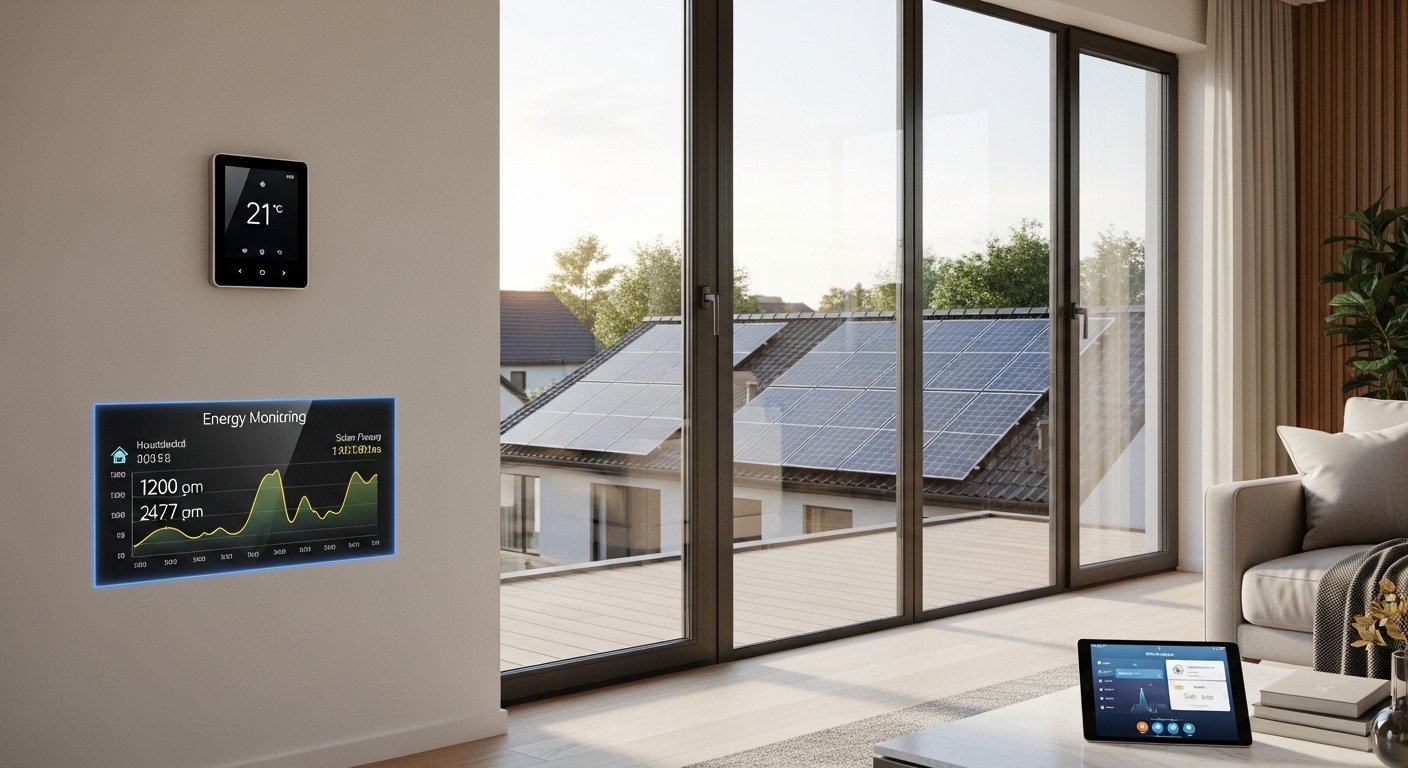
These sustainable smart home devices not only reduce your carbon footprint but also lead to significant savings on utility bills. For practical tips on maximizing your energy savings, explore our guide on smart home energy savings hacks.
Health, Wellness, and Ambient Computing: Nurturing Well-being at Home
Beyond convenience and security, smart homes are increasingly becoming sanctuaries for health and wellness. In 2025, health and wellness smart home tech focuses on creating an environment that actively supports your physical and mental well-being, often through the concept of Ambient Computing.
Ambient Computing refers to technology that seamlessly integrates into your environment, operating in the background to provide helpful services without demanding your direct attention. In a wellness-focused smart home, this translates to systems that:
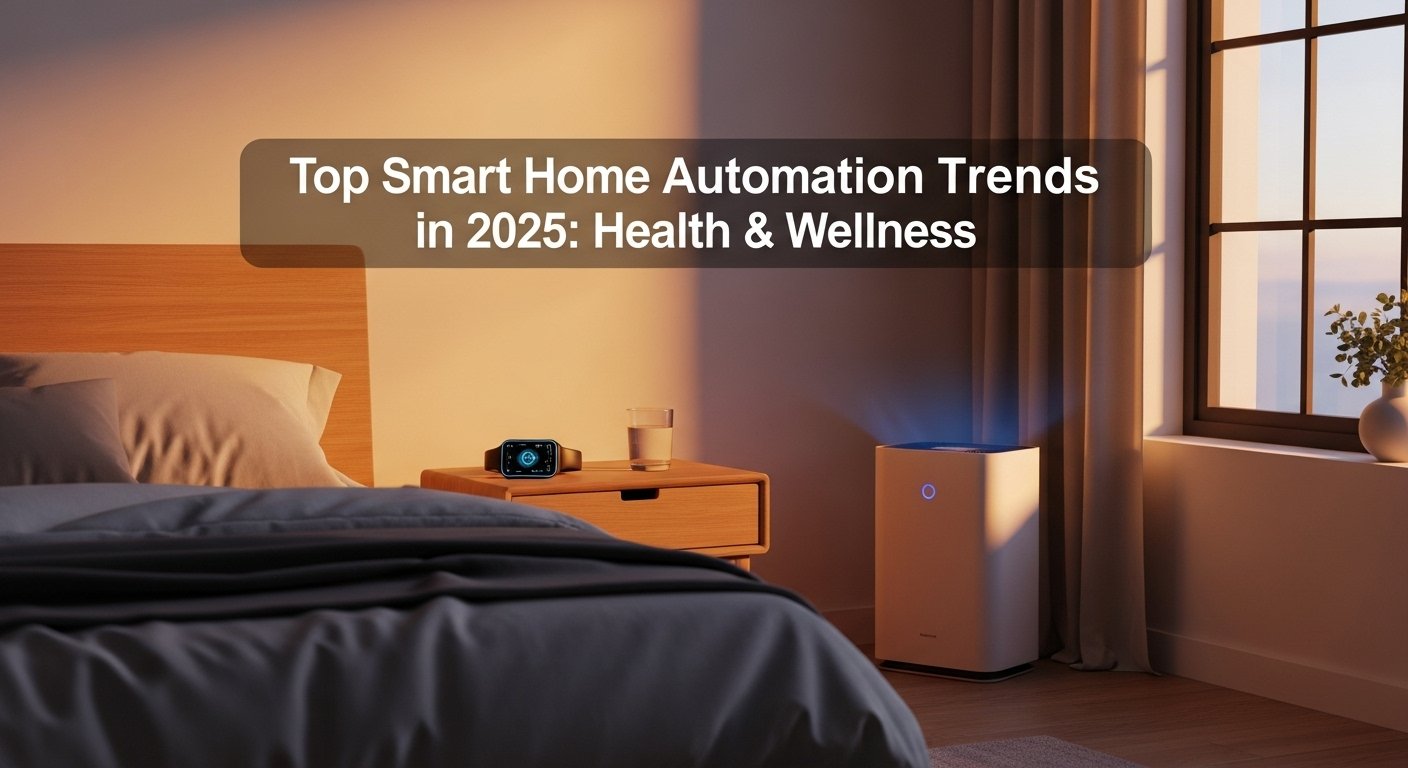
This holistic approach transforms your living space into a proactive partner in your well-being journey.
The Evolution of Smart Kitchens and Robotic Assistants
The kitchen, often considered the heart of the home, is undergoing a profound transformation with smart technology. Smart kitchen trends 2025 are all about making meal preparation more efficient, enjoyable, and sustainable. Similarly, robotic assistants are moving beyond novelty to become genuinely helpful additions to the smart home ecosystem.
Smart Kitchen Innovations:
Robotic Assistants Smart Home:
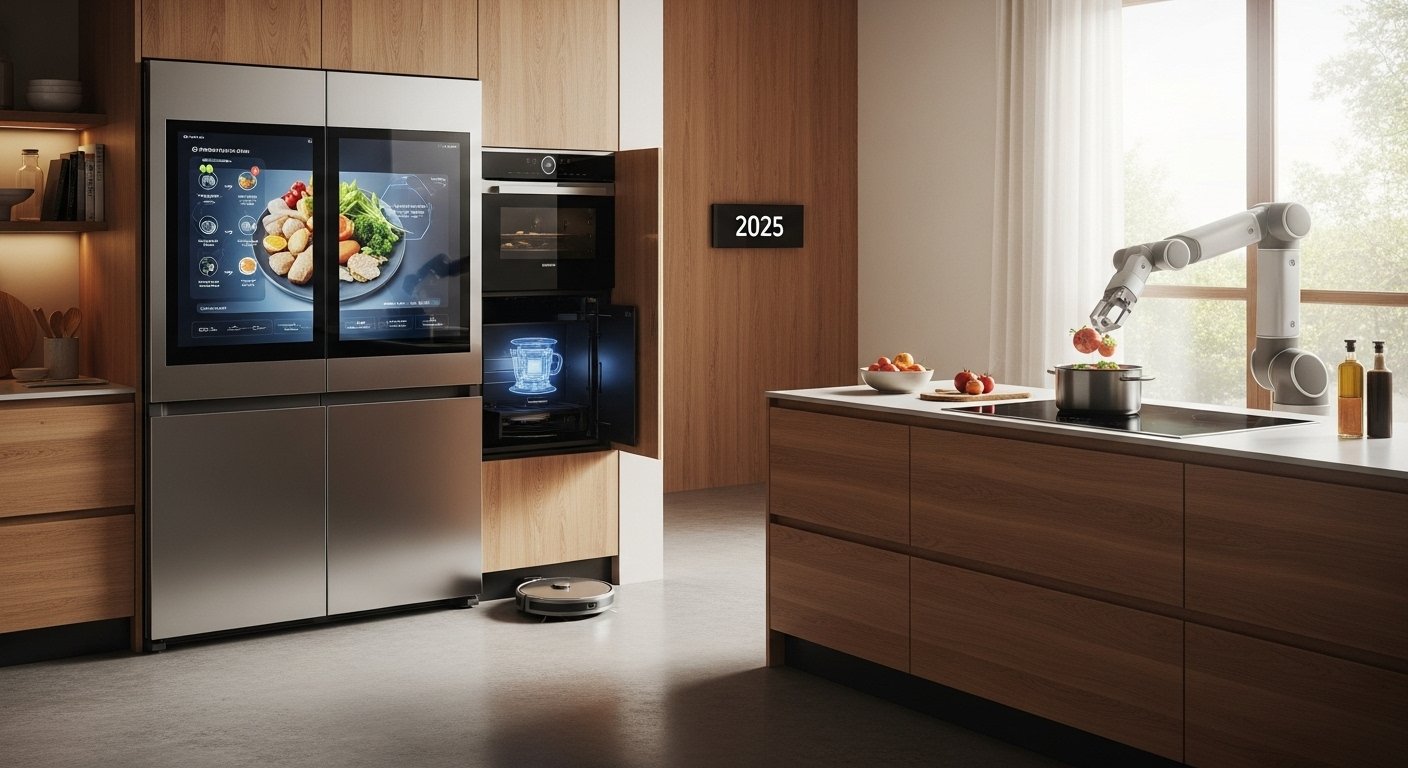
These innovations are not just about adding gadgets; they’re about creating a more streamlined, convenient, and enjoyable domestic experience.
Addressing Privacy and Cybersecurity Concerns in Smart Homes
As smart homes become more interconnected and collect more personal data, addressing privacy and cybersecurity concerns becomes paramount. The convenience of smart home automation must be balanced with robust protection of user data and network integrity. This focus on Data Privacy & Security is a critical trend for sustainable smart home adoption.
Understanding and mitigating smart home privacy concerns is crucial for the continued growth and acceptance of these technologies. Consumers must be educated on best practices for securing their networks and devices.
The Expanding Smart Home Market: Growth and Accessibility in 2025
The smart home market continues its impressive trajectory, evolving from a niche luxury to an increasingly accessible and mainstream technology. The sheer scale of the global smart home automation market, valued at $132.65 billion in 2025, reflects this rapid expansion. [12]
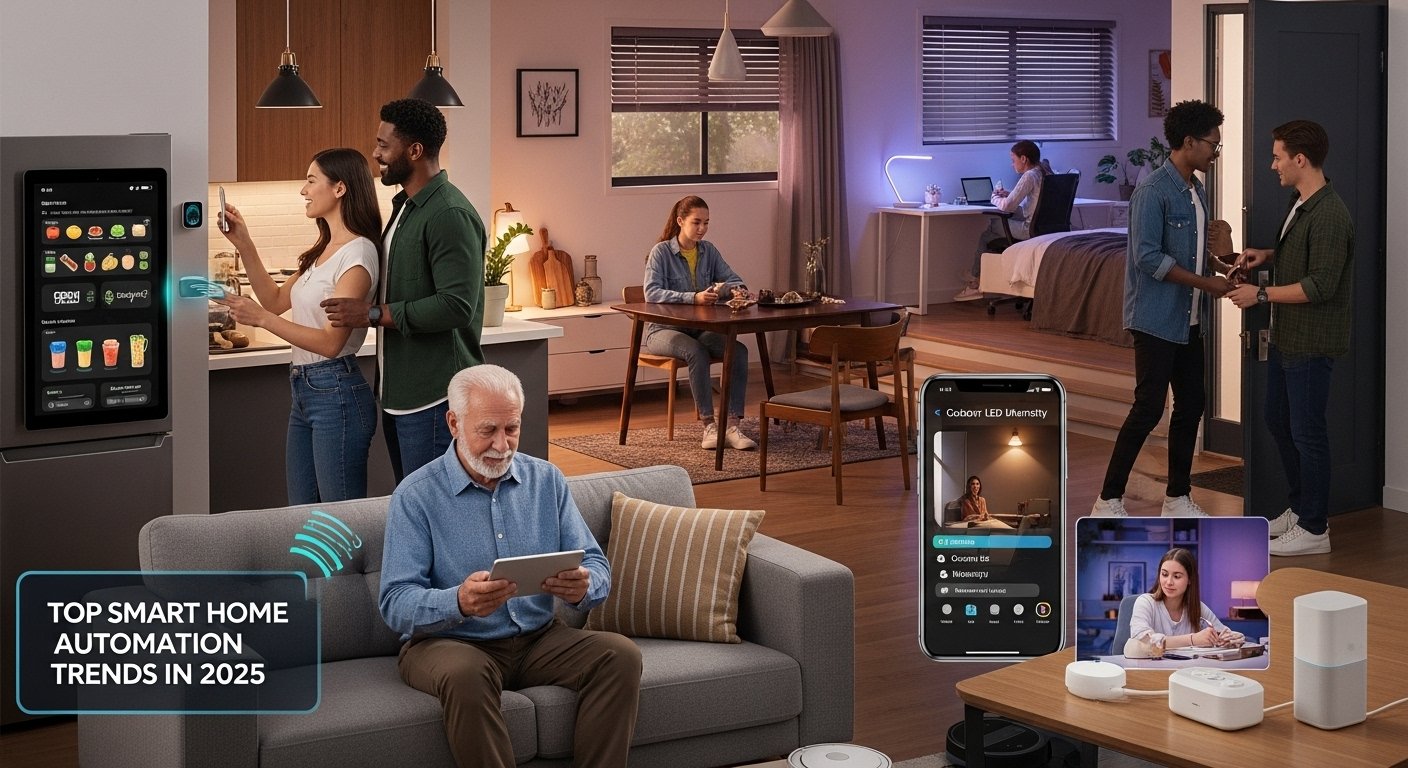
Will Smart Home Technology Be More Affordable in 2025?
Yes, smart home technology is expected to become more affordable and accessible in 2025. Several factors contribute to this trend:
This increased affordability is a key driver for market expansion, with projections indicating that 63% of US households are expected to own at least one smart home device in 2025. [6] The smart home market growth 2025 signifies a broad consumer embrace of connected living, driven by both technological advancements and increasing value. For more insights into market data, you can refer to reports from leading business intelligence firms. [12]
Embracing the Intelligent Home of Tomorrow
The landscape of smart home automation in 2025 is defined by intelligence, connectivity, and a renewed focus on user experience. From AI-driven personalization and the unifying power of the Matter protocol to advanced security and a commitment to sustainability, our homes are evolving into intuitive partners in daily living. These advancements are not just about making life easier; they’re about creating spaces that are more efficient, safer, healthier, and deeply attuned to our individual needs. The smart home of tomorrow promises an empowering and integrated living experience for all. Discover more about the profound benefits these technologies bring in our article on top 10 smart home automation benefits for 2025.
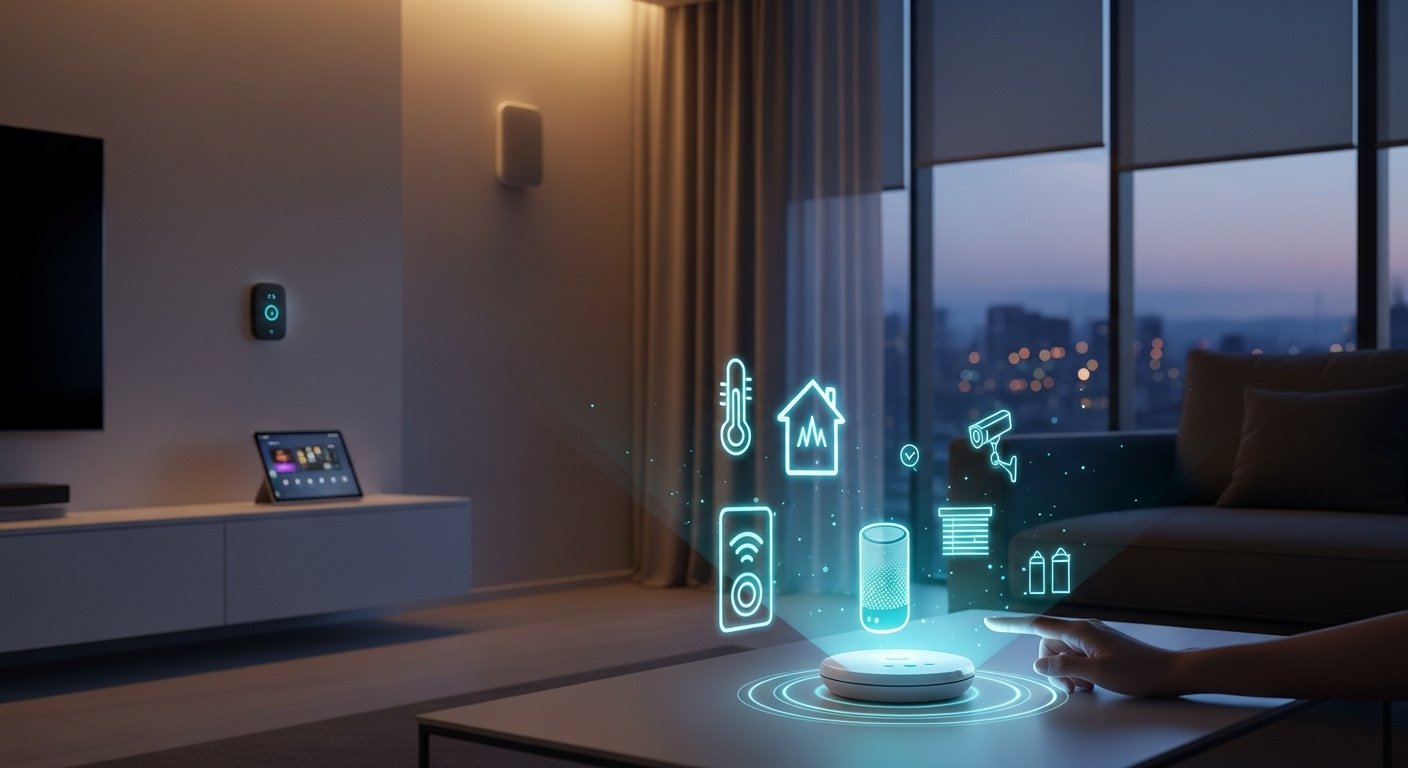
Leave a Reply